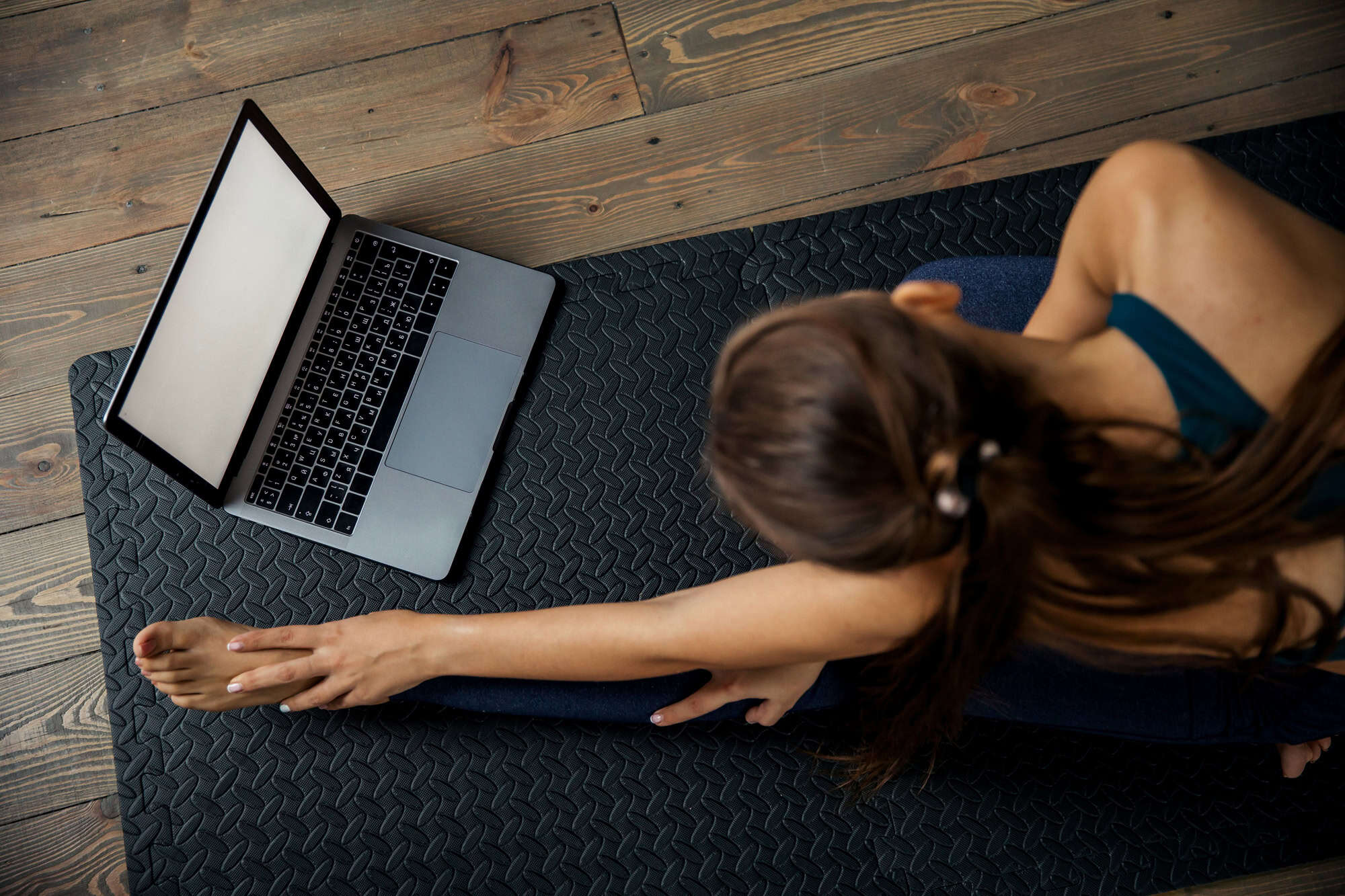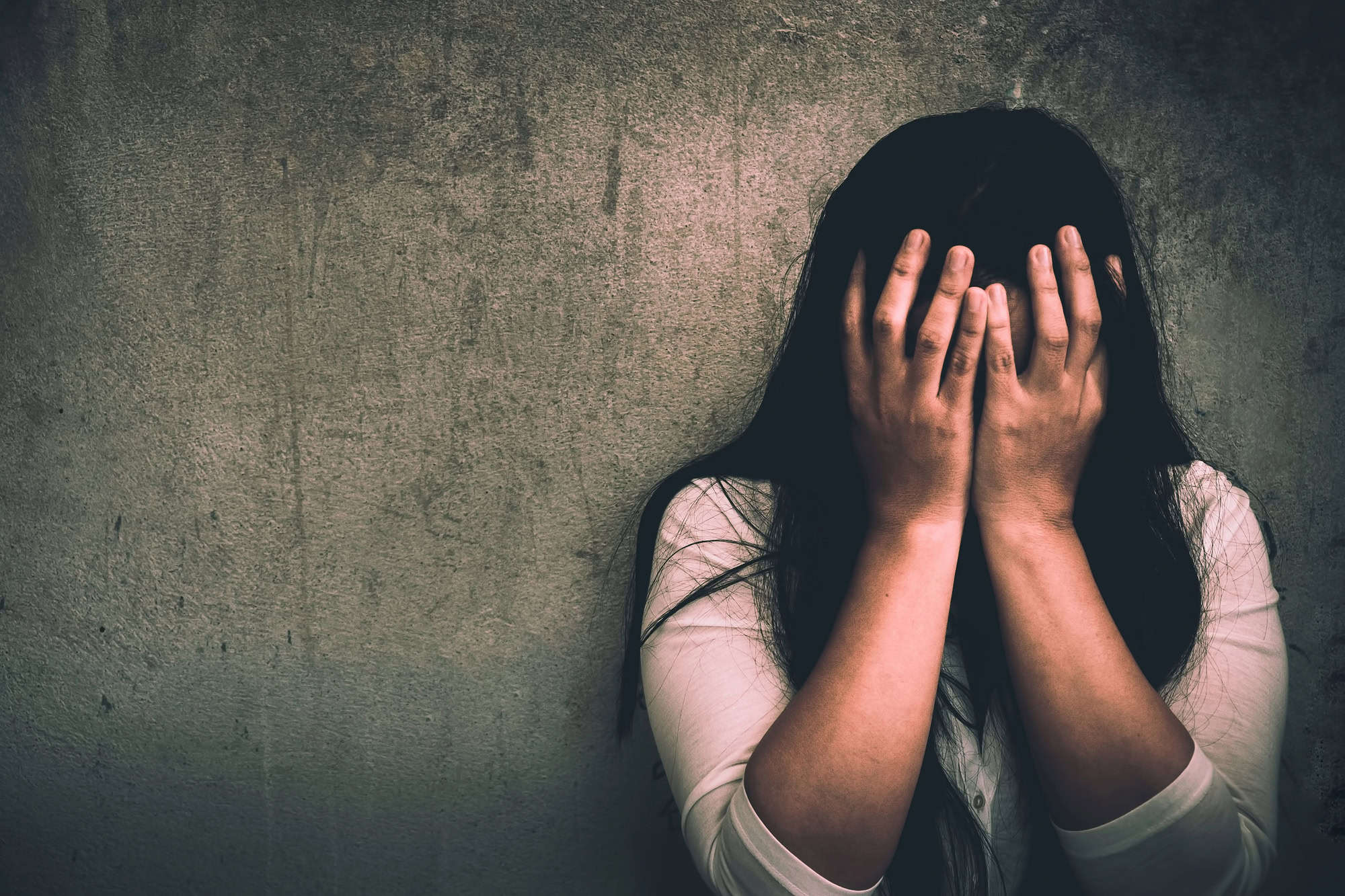Before I discuss the benefits of Yoga, I’ll talk about my overall approach to it.
1. Trauma-informed
In our work together, I aim to provide a safe environment, earn your trust, keep your autonomy and choices as the guiding factors, and maintain transparency.
2. Safety and control
Feeling safe emotionally and physically is essential to your progress, growth, and goal attainment.
You are in control and have choices, including opting out of any practice that doesn’t feel right. Although I’m the “expert” in Yoga, you are the expert in all things you. I guide you by actively listening to your needs and providing the tools accordingly.
It is my standard operating practice not to touch clients. If you need any modifications, variations, or adjustments, I will talk you through it.
3. Consistency and predictability
I follow a framework within the yoga session format so that you know what to expect. *What we do in the session is unique to your needs and goals.*
There will be a brief check-in (how you’re feeling in the moment, what, if anything, needs special attention during the session, and follow-up on practices).
Then, there’s the body of the session, which will include a review of previous practices, an introduction to new practices or yoga philosophy education, and time for you to provide feedback on what was done in the session. We’ll also discuss and set your homework (home practices).
We’ll finish the session with a relaxation practice to help integrate everything learned. If it’s requested or part of the overall goal, meditation can be done at the end of the session.
Who Benefits From Doing Yoga? E.V.E.R.Y.B.O.D.Y
Seriously, anyone and everyone can benefit from practicing Yoga. Why? Simple. It works.
Generally, I work with folks who have high levels of stress, trauma, and or PTSD history, or some level of anxiety. This is my specialty area, but don’t let this stop you from reaching out if that doesn’t sound like you.
What are the Benefits of Yoga?
Where to begin… let me count the ways. Hold on, I can’t count that high. Just kidding. For real, there are numerous benefits. These are the most important.
- Nervous system regulation (be able to calm the f@<% down)
Yoga practices such as breathing, postures, relaxation, guided visualizations, or meditation stimulate a relaxation response, which can turn down the “fight or flight” part of your nervous system that is activated by stress, anxiety, or fear.
- Focused, Centered, and or Balanced
Because you’ll be better able to regulate your nervous system (be less reactive to stressors, emotions, etc.), your ability to focus, pay attention, and concentrate will likely improve. Your potential to get sh!t done will increase. This can lead to a boost in confidence, a sense of stability, and balance.
- Improved Mental Health
Numerous studies indicate that Yoga positively impacts mental health.
A randomized controlled study found that yoga postures, compared to walking, had a greater positive effect on mood, anxiety, and levels of thalamic GABA.(1) Decreased GABA has been associated with mood and anxiety disorders, as well as epilepsy.(2)
A meta-analysis found that Hatha yoga (the “style” of Yoga I promote, which includes physical postures, breathing, and meditation) provided relief from the symptoms of various psychiatric disorders, such as anxiety, depression, and PTSD.(3)
- Somatic Awareness and Grounding
Because attention and concentration are necessary components of just about any yoga practice, you’ll become more attuned to your bodily sensations and the effects Yoga has in the moment and over time. When attention is focused on each practice or movement, there can be a sense of groundedness (being right where you are, as you are in the moment). In other words, when full concentration and attention are given, there’s little to no space for anything else.
- Better Physical Health
Blood pressure, heart rate, glucose, and cholesterol measurements can be improved with Yoga. The mechanism of these improvements is likely associated with regulating the nervous system, the relaxation response, and its relationship to decreasing inflammation. (4)(5)
- Increased Physical Fitness
Consistent practice of yoga asana paired with breathwork will increase flexibility, mobility, strength, coordination, balance, lung capacity, and respiratory function.
What is Offered during a Yoga Therapy Session?
That all depends on you. Remember what I said earlier? You are in control. Your needs, goals, and preferences will help me suggest options.
Two different people can have the same need or goal. I might suggest different yoga practices based on various factors, such as experience and/or ability levels and time availability.
I’ll offer breathing exercises, poses, guided relaxation, meditation, or visualization in our work together. For your home practice, I’ll help you develop a SMART (specific, measurable, attainable, realistic, time-oriented) goal to help you stay on task and progress.
Calming your nervous system is generally recommended if you need to feel calm, less worried, anxious, frustrated, or angry. I’m a proponent of breathwork to help you quiet the stress response. I’ll offer different types of breathing exercises for you to try. The one that “hits” will be the one that you’ll do as a home practice. Besides breathwork, we can explore gentle, mindful movement and guided relaxation.
If you’re feeling low or have low energy, I suggest a series of invigorating poses and a breath practice that is more energizing rather than calming.
The Logistics of a Yoga Therapy Session
Each session will be 60 minutes long. As I mentioned earlier, I follow a framework: a check-in, the body of the session, and the closing. In the first couple of sessions, we discuss and clarify your goal and have you try out practices to see which ones you’ll work on first.
Meeting once weekly for several weeks to set you up for success. Remember that it takes weeks to develop a habit and even longer to break a bad one.
Conclusion
Yoga is accessible to everyone, and the benefits are numerous. If you experience high levels of chronic stress and anxiety or have a traumatic past, Yoga can make a difference. It can help you manage it all. Maybe you don’t have all that and want to feel better. Yoga is for you, too!
With the trauma-informed approach, I prioritize creating a nurturing and safe space where you feel empowered and respected. Trust and transparency are critical, allowing you to control your journey while I guide you.
I aim to set you up for success by ensuring consistency and introducing practices specific to your needs. Being open to trying new things and holding yourself accountable by doing your home practice also ensures your success.
I highly recommend Yoga. I don’t make guarantees in life, but I can say this: You’ll likely feel relaxed or calm after trying a practice or two.
CITATIONS:
(1) Streeter CC, Whitfield TH, Owen L, Rein T, Karri SK, Yakhkind A, Perlmutter R, Prescot A, Renshaw PF, Ciraulo DA, Jensen JE. Effects of Yoga versus walking on mood, anxiety, and brain GABA levels: a randomized controlled MRS study. J Altern Complement Med. 2010 Nov;16(11):1145-52. doi: 10.1089/acm.2010.0007. Epub 2010 Aug 19. PMID: 20722471; PMCID: PMC3111147.
(2) Brambilla P. Perez J. Barale F, et al. GABAergic dysfunction in mood disorders. Mol Psychiatry. 2003;8:721–737. doi: 10.1038/sj.mp.4001362.
Houser CR. GABA neurons in seizure disorders: A review of immunocytochemical studies. Neurochem Res. 1991;16:295–308. doi: 10.1007/BF00966093.
Breier A. Paul S. The GABAa/benzodiazepine receptor: Implications for the molecular basis of anxiety. J Psychiatr Res. 1990;24:91–104. doi: 10.1016/0022-3956(90)90040-w.
(3) Park, C. L., & Slattery, J. M. (2021). Yoga as an Integrative Therapy for Mental Health Concerns: An Overview of Current Research Evidence. Psychiatry International, 2(4), 386-401. https://doi.org/10.3390/psychiatryint2040030
(4) Bhasin MK, Dusek JA, Chang BH, Joseph MG, Denninger JW, Fricchione GL, Benson H, Libermann TA. Relaxation response induces temporal transcriptome changes in energy metabolism, insulin secretion and inflammatory pathways. PLoS One. 2013 May 1;8(5):e62817. doi: 10.1371/journal.pone.0062817. Erratum in: PLoS One. 2017 Feb 21;12(2):e0172873. doi: 10.1371/journal.pone.0172873. PMID: 23650531; PMCID: PMC3641112.
(5) Pascoe MC, Thompson DR, Ski CF. Yoga, mindfulness-based stress reduction and stress-related physiological measures: A meta-analysis. Psychoneuroendocrinology. 2017 Dec;86:152-168. doi: 10.1016/j.psyneuen.2017.08.008. Epub 2017 Aug 30. PMID: 28963884.



